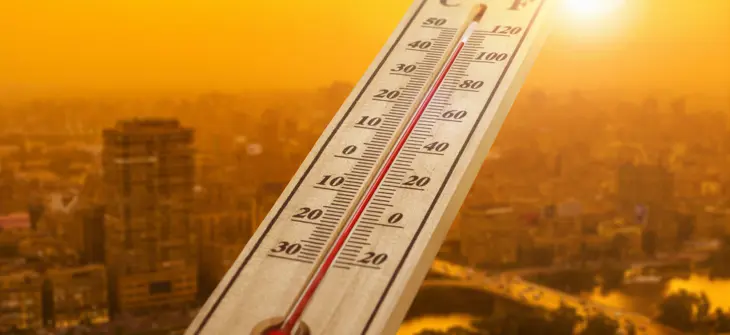
Cool Solutions: How Underground Detention Systems Combat Thermal Pollution in Stormwater
Mitigating Thermal Pollution with Underground Detention Systems
For most of the country, the last few weeks have been extremely hot. That got me to think about the heat effect of stormwater. Stormwater runoff doesn’t just lead to pollution and flooding; it can silently overheat rivers and streams, threatening fish and water quality.
Stormwater runoff has a significant impact on the temperature of receiving waters, such as rivers, lakes, and streams. When rain falls on impervious surfaces, such as roads, parking lots, and rooftops, it absorbs heat before flowing into storm drains and natural waterways. This phenomenon, known as thermal pollution, can lead to detrimental effects on aquatic ecosystems, including reduced oxygen levels, altered fish behavior, and increased stress on temperature-sensitive species. Fortunately, underground detention systems offer a practical and effective solution for mitigating stormwater temperature fluctuations before it reaches receiving waters.
The Impact of Heated Stormwater on Aquatic Ecosystems
Warm stormwater runoff can significantly raise the temperature of natural water bodies, disrupting the delicate balance of aquatic ecosystems. Many fish species, including trout and salmon, are highly sensitive to temperature changes. Even slight increases can reduce dissolved oxygen levels, making it harder for these species to survive. Additionally, elevated temperatures can accelerate algal blooms, which further degrade water quality by consuming oxygen and releasing harmful toxins.
How Underground Detention Systems Help Regulate Stormwater Temperature
Underground detention systems are an effective stormwater management tool that can help reduce the thermal impact of runoff. These systems temporarily store stormwater below ground, allowing it to cool before being slowly released into receiving waters. Several key factors contribute to their cooling effect:
- Subsurface Insulation – Unlike above-ground detention ponds, underground systems shield stormwater from direct solar radiation, preventing further heating.
- Infiltration Potential – Many underground detention systems are designed to promote infiltration, allowing stormwater to percolate through soil layers, which naturally cools the water before it reaches nearby streams and lakes.
- Extended Detention Time – Holding stormwater for a longer period allows heat dissipation to occur gradually, minimizing temperature spikes in receiving waters.
- Ground Contact Cooling – Water stored underground is exposed to cooler subsurface temperatures, which helps dissipate heat before discharge.
A Sustainable Approach to Stormwater Management
By integrating underground detention systems into stormwater management strategies, municipalities, developers, and engineers can help protect aquatic life and maintain water quality. These systems not only manage peak flow rates and reduce flooding risks but also contribute to the preservation of healthy aquatic ecosystems by mitigating thermal pollution. As climate change and urbanization continue to impact stormwater dynamics, underground detention presents a sustainable and effective solution for protecting our natural water resources.
